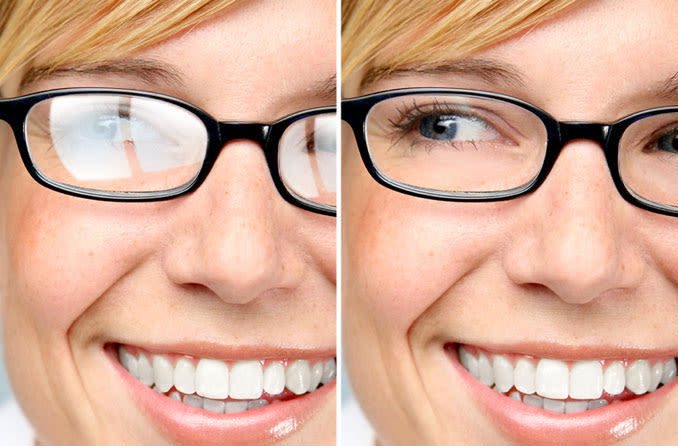Why would I get anti-glare (or anti-reflectives) on my glasses?
- Invision Eyecare

- Jul 12, 2022
- 3 min read
Sometimes when you look directly at someone who’s wearing a pair of glasses, you may see a reflection of color in their lenses. If that person is not wearing sunglasses or glasses that transition colors in the sunlight, you’re most likely looking at anti-glare.

Anti-glare is a fancy film that can be added to the front and back of lenses. It is sometimes called anti-reflective coating. These coatings on your lenses – along with a plethora of other options – are available to help increase clarity of vision.
While glasses seem like a simple option of correct prescription with frames, not all people will see the same out of basic lenses. Lens materials have different refractive indexes which work better for different thicknesses of lenses and prescriptions.
Anti-glare may help you see more clearly out of the lens material that works for you by reducing reflections off of your lens. This may allow more light to pass through the lenses you wear, allowing you to see more and see more clearly.
photo curtesy of AllAboutVision.com





Comments